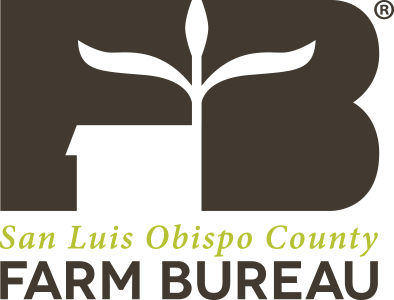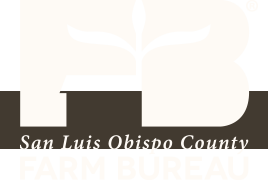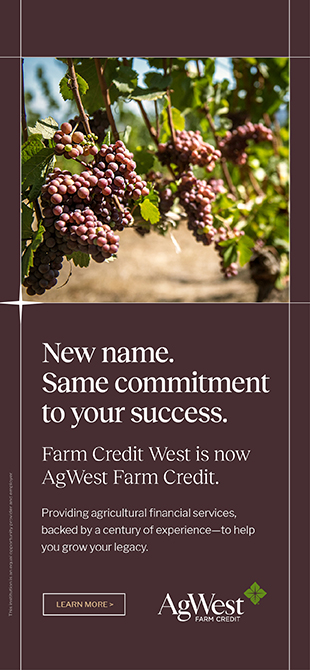
September 27, 2019
The State Water Resources Control Board has adopted emergency regulations revising core regulatory fee schedules for water quality programs in the Waste Discharge Permit Fund and water rights fees in the Water Rights Fund.
Adopted as an emergency fee-setting regulation last week, the increases are effective for the 2019-20 fiscal year that began July 1. The board said it needed to raise the fees to meet budget shortfalls in the programs.
Although the state has said it intends to provide more consistency and predictability for ratepayers, California Farm Bureau Federation Director of Water Resources Danny Merkley said the cumulative impact of regulations takes a toll on agricultural businesses.
Related to the Water Rights Fund, the board approved the staff recommendation to increase the base annual fee for licenses and permits from $225 to $300, a 33% increase. The board approved an increase in the per acre-foot charge from 7.3 cents to 8.5 cents for each acre-foot greater than 10 acre-feet, a 16.4% increase.
Staff said it anticipates the need for an incremental fee increase next year to cover standard budgetary expenditure increases related to employee compensation, retirement and pro-rata expenditures, and to build the reserve back up to 10 percent.
The board also voted to increase the nonrefundable portion of the initial application fee from $250 to $500 as a base fee, plus 10% of the actual application filing fee. The nonrefundable portion of the filing fee would apply to applications, temporary permit applications, small hydroelectric applications, temporary permit applications for small hydroelectric, and temporary permit applications to divert to underground storage during high-flow events.
The board also took actions regarding water quality fees in the Waste Discharge Permit Fund for the Confined Animal Facilities Program, which staff said is projected to fall short $477,000 in the fiscal year 2019-20 budget, and translates to an average 9.5% increase to all CAF fee payers. However, Merkley noted that the board staff determined some inequities exist in the way fees are assessed to dairy facilities that contain both mature dairy cattle and bred heifers that are in excess of industry averages. The board voted to require dischargers to pay the higher of the two fees if there are multiple animal types at a facility.
The board also voted to change the two lowest tiers in the "Feedlot-Heifers" fee schedule to align with the current orders regulating heifer facilities. The animal count for the lowest tier was changed from 0-99 to 0-136 and the next tier will change from 100-299 to 137-299.
The Agricultural Lands Program is projected to fall short $815,000 in the 2019-20 budget, which means an average 11.7% increase. However, Merkley said, the board modified the current fee structure from a flat per-acre fee to a per-acre fee based on agricultural activity.
Tier B dischargers whose agricultural activities are managed wetlands, irrigated pastures with no external nitrogen input or those belonging to the California Rice Commission (third-party group) or are determined to be exempt now must pay 87 cents per acre if enrolled in a third-party group, or an individual enrollment fee of $27 per acre up to 300 acres, plus $13.50 per acre over 300 acres, with a minimum fee of $550.
Those in Tier A, or all agricultural activities except those identified in Tier B, will have a new per-acre fee of $1.08 per acre if enrolled in a third-party group, or $21.60 per acre up to 300 acres, plus $10.80 per acre over 300 acres, with a minimum fee of $550.
- Courtesy of California Farm Bureau Federation



